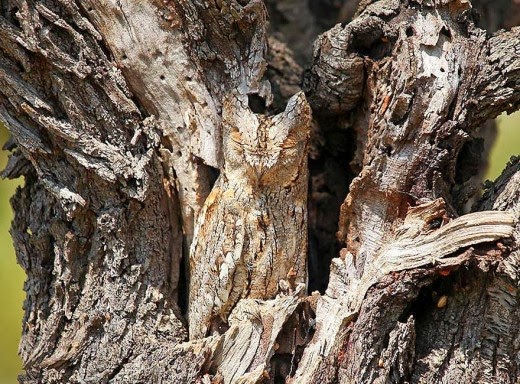States of Mexico
The geographic characteristics on Mexico consist into 31 states and 1 Federal Distric.
.png) |
| Figure 1. Map of Mexico within its states. Source by Pin Mapa de Los Cayos. |
Biomes Present in Mexico
The map below was made by Citlali Reyes according to data obtained from a website called "Biomes and Latin Americans". According to the skecth showed in that website, there are three biomes present in Mexico. The Chaparral and Desert Biome continue up to the U.S., while the Temperate Rain Foresr biome goes down to Belize, Guatenala, and the rest of Central America. I need to mention that this information may differ form other sources, I wrote Temperate Rain Forest because that was exactly the expression on my source, but below I write about Tropical Rain Forest because that's the information I found about.
 |
| Figure 1. Map of Biomes in Mexico |
Biomes Characteristics in Mexico
Desert
According to the NASA Earth Observatory, the average temperature in the Desert goes from 38°C during the day, and -3.9°C during the night. The precipitation average is about 250mm of rain per year.Chaparral
The Chaparral Biome is also known as shrubland biome, its temperature range goes from 30°F in the Winter time and it can be up to 100°F during the summer. The average temperature in this area is 64°C. The precipitation is from 10 to 17 in per year. The data was collected from Bioexpediton.com in its publication called "Chaparral biome".Tropical Rain Forest
Even though in the map is written as Temperate Rain Forest, there was only information about tropical rain forest, which I assume may be another name for this type of biome. The temperature ranges of Rainforest goes from 20°C ( 68°F) to 34°C ( 93°F). For the other site, the annual precipitation is 100 inches normally (Michael G. 2001). The data presented was obatined in a article called Tropical Rainforest.
Highest and Smallest Elevation Points of Mexico
I made this map with images taken from Google Earth, and the data about these elevation points were found in a website called Index Mundi, CIA World FactBook, Dec. 06, 2013.
Santa Maria Zacatepec: Latitude and Longitude Coordinates
Latitude: 16°45'44.74'' N
Longitude: 97°59'25.72'' W
Data obtained from Google Earth webpage, in Santa Maria Zacatepec. Mexico
Longitude: 97°59'25.72'' W
Data obtained from Google Earth webpage, in Santa Maria Zacatepec. Mexico
Mexican Principal Ecosystems
The map below shows the distribution of the main ecosystems in Mexico. The map was obtained from a article published by VivaNatura, click on this link to learn more about ecosystems in Mexico.
 |
| Figure 3. Map within Mexico's main ecosystems areas. |
Images of Each Ecosystem in Mexico
The following images were obtained from a governmental website about biodiversity, and the images include a representative picture of how the area may look, plus some additional information.Click on Mexican Ecosystems to learn more about the images below.
Ecosystem in Santa Maria Zacatepec, Mexico.
My native community consist on mountains that surround it, an semi-urban community that make use of the rivers and the land. Is mostly conformed by deciduous and semi-deciduous forests at the bottom part of the montains such as coconut palms, huanacaste, and a variarity of fruit trees. Because Zacatepec is a 6 hours away from the Pacific Ocean the climate is mostly warm and hot, but in the last 5 years (from my personal experience, and others citizens comments) climate is on constant change, for example, in January was raining when actually the rainy season starts in August!
There is not fish wildlife in the rivers of Zacatepec now days, and people like to consume animals such as iguana, deer, and fish such as srhimp, crab, etc. that are brought from other communities close by.
Usually, during the rainy season (August-November more or less) we have storms, or strong rains. And about wildlife, specifically birds, people like to have as pets parakeets, which is sad because they are being threatened and sold to people at high prizes.
So, this is a short description about the ecosystem in my community Zacatepec (which actually means "Hill of Grass" in Tacuate, the native language there), the meaning is because the community used to look really dark green everywhere, and still look like that.
List of Threatened Species in Zacatepec, Mexico.
English Name Spanish Name Scientific Name
Elephant ear tree Huanacaste, Parota Enterolobium cyclocarpum
Montezuma cypress Ahuehuete Taxodium mucronatum
Armadillo Armadillo Dasipodydae family
Iguana Iguana Iguanidae Family
Map of Types of Soils in Mexico
The map below was obtained from Mapas de Mexico website.
References
Biomes and Native Americans, Author Unknown, year unknown. (http://www.homewood.k12.al.us/edgewood/staff/fwoodruff/biomes/biomes.html)



















